Top 12 Things to Consider Before Building a Cattle Handling Facility
Properly designed and thought-out facilities will be safe for the producer and animal and will allow for cattle to be easily worked in a timely fashion.
The cattle handling facility is at the heart of most every ranch. The quality of the facility and its ease of use can determine the enjoyment or frustration of use and dictate how often you work cattle through it. Properly designed and thought-out facilities will be safe for the producer and animal, handle cattle with ease, require a minimal number of personnel and allow for cattle to be worked in a timely fashion.
There are multiple design principles that can be used, depending on the cattle-handling abilities of the personnel and their ability to understand “cow psychology.”
Here are the top 12 factors you should consider prior to building a new facility.
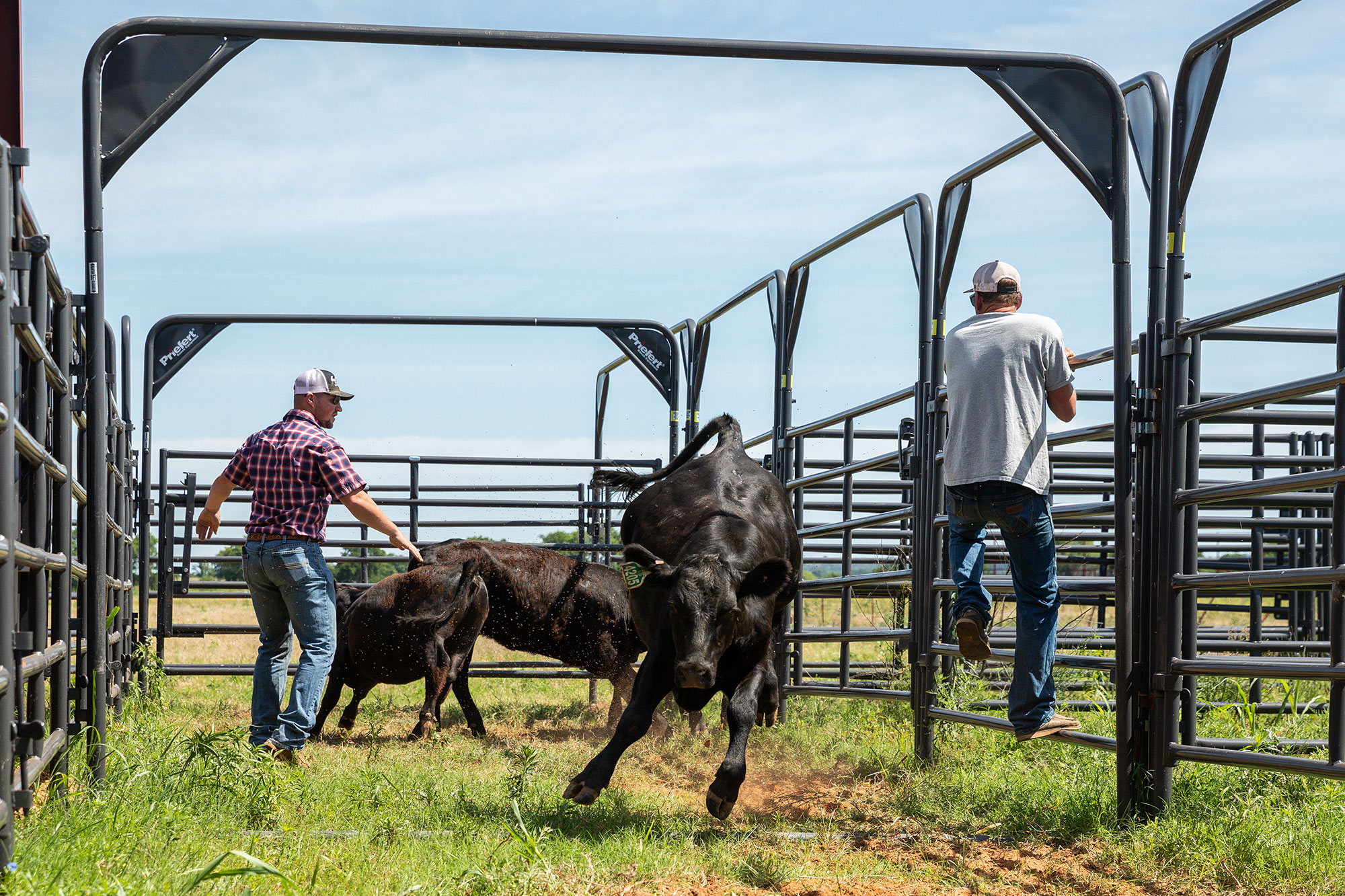
1. Use Type
Consider the species and type or class of animal for which the working facility will be used. Will it only be used for cattle, or will you need to handle goats and sheep, or horses, in addition to cattle? If it’s only cattle, will it be used only for a stocker operation, or will you need to process cows, bulls and calves through the chute as well? The size of cattle worked will dictate how wide of a raceway you need. Finally, do you plan to rope and drag calves, or process through a chute? Roping and dragging calves will require an area large enough to do so.
2. Bud Box or Solid-Sided, Curved Designs
Both Bud Box and solid-sided, curved designs are effective. In general, the curved, solid-sided-fence facility, in my opinion, allows the cattle handler to make mistakes and recover without adversely affecting cattle flow. If you are in the wrong position yet the animal cannot see you because of the solid side, it may not affect the movement of cattle. A drawback to this style is it is more complicated and costly to build because of the curves and the added expense of the solid-sided fences.
The Bud Box system uses the animal’s instincts to your advantage. It works on the principle that animals will want to return to where they have been if they cannot proceed further. When they turn around and head back in the direction that they came from, the animal is diverted down another alley or raceway leading up to the working chute. The drawbacks to this system are that it is typically not recommended for novice cattle handlers, and if handlers are out of place, they can impede cattle movement.
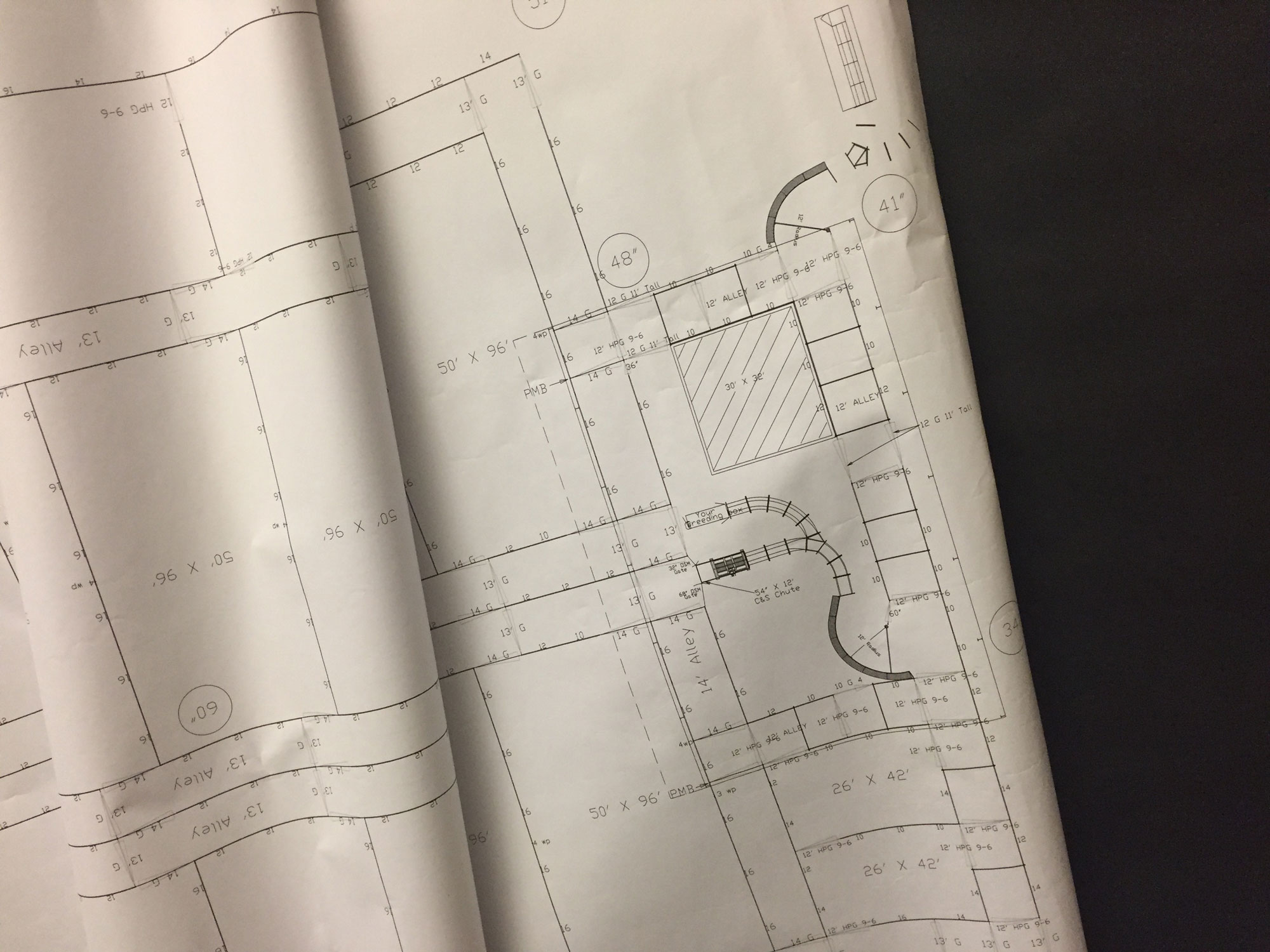
3. Location
It’s all about the location. The working facility should be central to most pastures and easily accessed, either using lanes or along adjoining fences that help funnel cattle into the facility. Having a corral situated where cattle have to routinely enter and leave on their own will facilitate penning them on working day. One example is a catch pen situated between pastures that cattle must walk through when rotating from one pasture to the other. It could be a central watering location or where feed and hay are fed to the animals. If you plan to use the facility to hold sick or freshly received animals for a few days, then having shade from trees along the fence might be beneficial.
4. Materials
There are numerous materials that a set of working facilities can be built out of: drill stem pipe, highway guardrails, cable, sucker rod, cattle panels, wood. All have their benefits and drawbacks. In general, metal building materials will probably outlast wood. Cable fences are not well-suited for working and crowding facilities. They flex too much and can allow calves to get through. Likewise, if you have to quickly climb a fence to get away from an aggressive animal, cable fences will not support your weight well enough to allow you to quickly escape. Make sure any drill stem you purchase is not magnetized, as it makes welding difficult. Also, make sure the drill stem is not radioactive or excessively rusty if it has been used in drilling activity. Graduated cattle panels have smaller hole sizes on the bottom of the panel, making them difficult to climb when in a hurry. If using sucker rod, consider welding a clip over the rod to the line post. Experience has proven that welding a sucker rod only to a post will result in a broken weld.
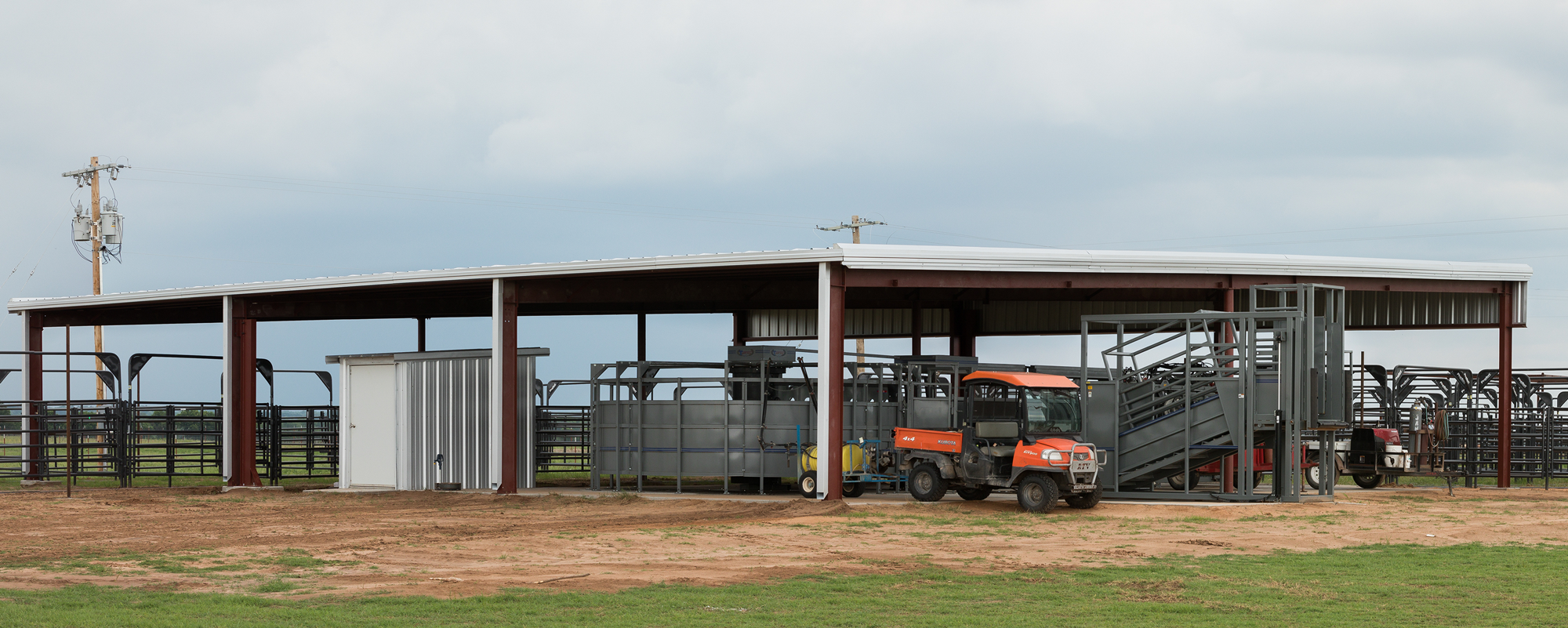
5. Utilities
Having access to electricity and water is beneficial but not necessary. If you plan to use an electric branding iron, access to land-line electricity will eliminate the need for a costly and loud generator. If you have electricity available, you can have a small room located next to the chute to store medicine and vaccines in a refrigerator. Additionally, you can have hot water to help clean up the equipment after use.
6. Cover and Shade
It is beneficial to have cover over the working chute in case you have to work the cattle in extremely hot or inclement weather. Additionally, you may decide to have a portion of the pens covered in case you need to hold a quarantined or sick animal in the facility for a length of time.
7. Slope
The working facility should have a small degree of slope to allow drainage during and after rainfall events. The slope should not be so great that erosion or channeling will occur after the grass has been trampled down. Additionally, consider the degree and direction of the slope when planning where you will back up a trailer to the pens. Backing across a slope when muddy may result in the trailer sliding sideways. Trying to pull up a muddy slope when loaded may be difficult, too.
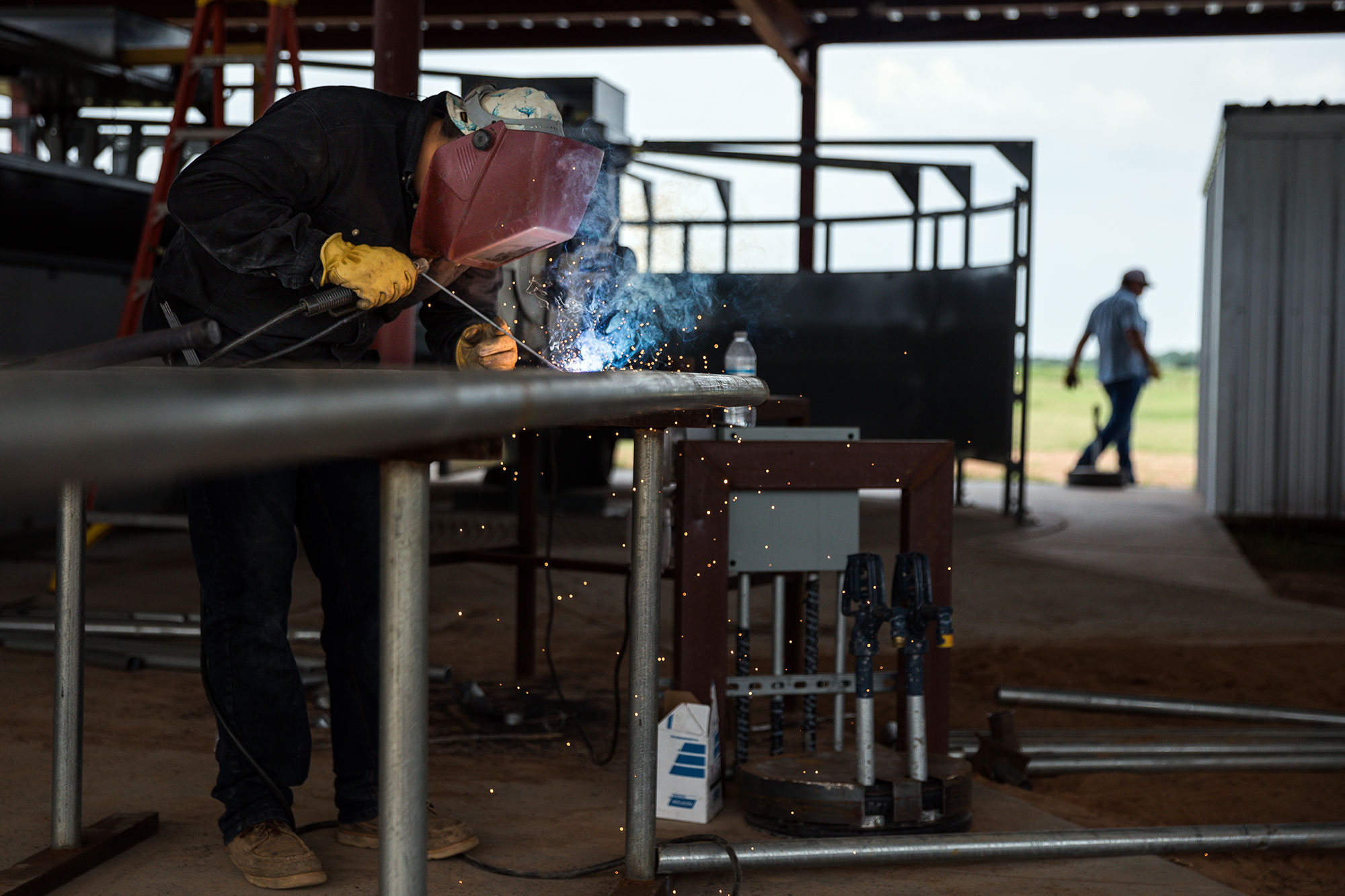
8. Calf Chute, Palpation Cage, Gates
Buy a chute that is large enough to handle your largest animal, including your bull. It may be necessary to restrain the bull to treat a foot or to conduct a breeding soundness exam. Remember, bulls are longer and thicker than a cow. Many of the economy-type chutes are not designed to hold a bull. Also plan for a palpation cage at the end of the chute to allow a safe access area for a veterinarian so he or she doesn’t have to worry about getting run over by the next cow in line. The cage will also be handy if you have to treat a hind foot.
Design the facility with options. It is much easier to work 2- to 3-month old calves in a calf chute than in a large, cow-sized chute. Do not skimp on gates! Make sure they are heavy and well-built. Plan on gates between adjacent pens and from the alleys. Having gates between pens allows you to open up adjacent pens to create one large pen when needed. Use headers across the top of the gate to ensure it stays in line and does not sag, so it opens and closes as it should. Make the headers high enough that you can drive equipment or ride horseback under them.
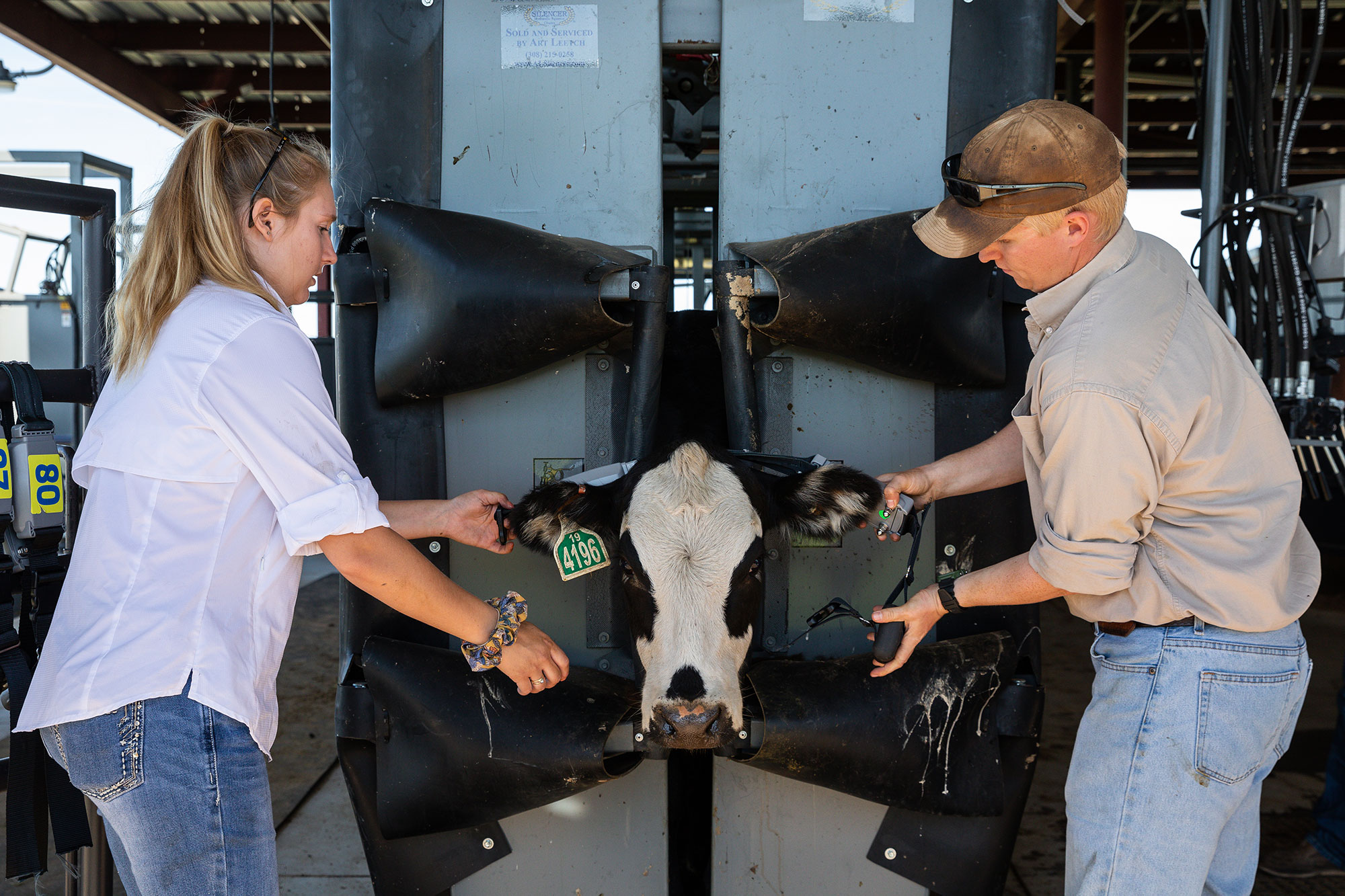
9. Access to Roads
You should plan to have all-weather road access to the working facility to enable you to load and unload cattle even in rainy conditions. However, placing a set of corrals right off a county road could enable cattle thieves to bait your cows into the pens and easily and quickly load out and steal animals, so keep that in mind.
10. Size
The size of the facility will be determined by the activities needed and how long you plan to hold cattle there. If you are just using the pens as a holding area while working the cattle, each cow-calf pair will require a minimum of 35 to 45 square feet. The larger the calf while on the cow, the more room that will be required.
11. Number of Pens
One of the biggest design mistakes we see is a facility without enough holding pens. It is always good to plan to have at least one more pen than you think you need. At the minimum, three pens are needed. You will need one large pen to hold the cattle when they are first caught, and then preferably two more to sort calves and cows into. This will also allow you to have an open pen to catch the animals after they have been worked so that they do not get mixed with unprocessed cattle. Designing an alleyway alongside the pens that leads to the chute allows you to sort animals out of the alley and into the pens. Additionally, the alley can be used to hold cattle temporarily.
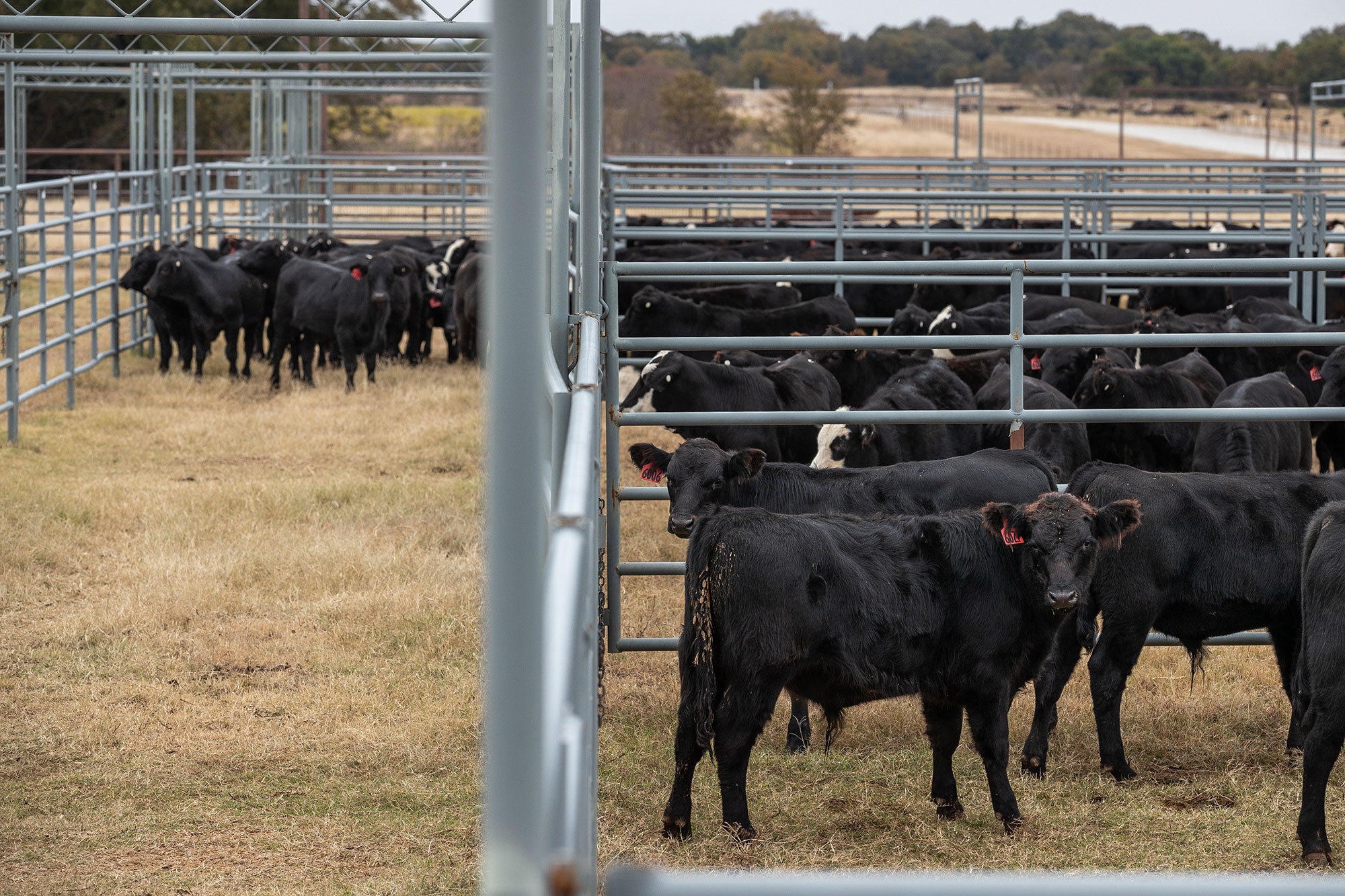
12. Other Considerations
- Build with flexibility in mind:
- Design the facility so that expansion will not require a major overhaul.
- Make the design modular so more pens can be added alongside existing alleys.
- Make the raceway leading to the chute adjustable to enable it to be wide enough for cows, but can be adjusted down so that a calf cannot turn around in it.
- Do not design the facility so that the chute turns out into the pasture. If you miss a head catch on an animal, you cannot easily recycle it back around.
- Set all posts at least 3 feet down into concrete.
- If concrete is used under the chute, extend it at least 6 to 8 feet past the front of the chute. Make sure the concrete is heavily grooved to provide traction even when covered with mud and manure.
- Reduce shadows that go across alleys by running alleys east and west if possible. Cattle do not have depth perception and may view a shadow as a hole or trench, causing them to balk.
Visit, Plan, Visualize
As you design your handling facility, go see as many other working facilities as possible in person. Talk with the people who use them, and ask what they like and what they would change. Draw your design out on paper, and then lay it out on the ground to scale. Use marking paint and survey flags to help you visualize the layout before building. Then walk through the layout as you would when working cattle. It is far easier to make adjustments in the planning stage than after everything is built.
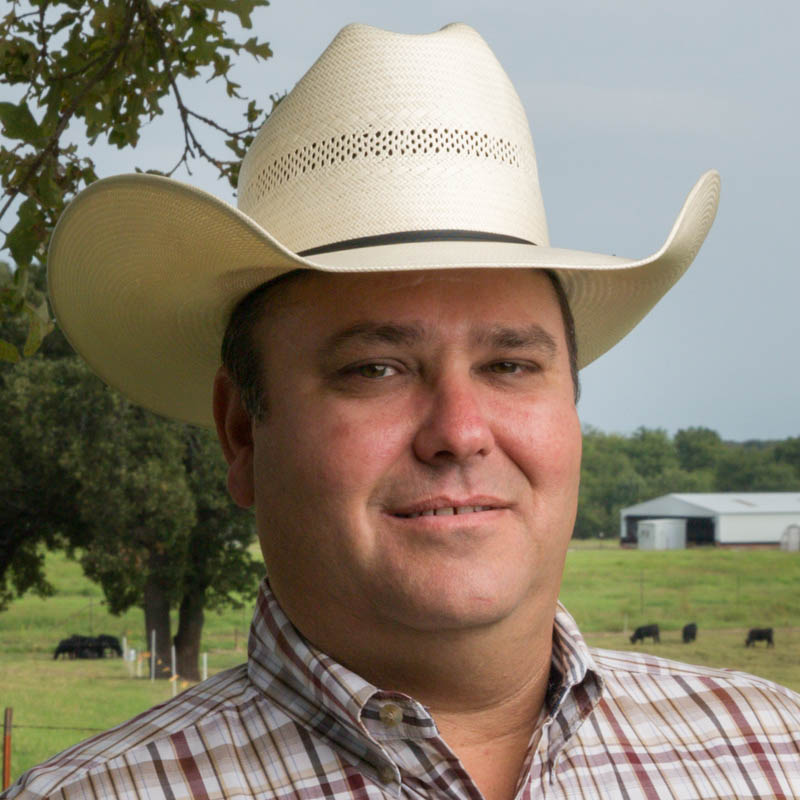
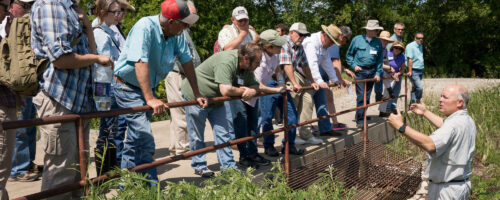
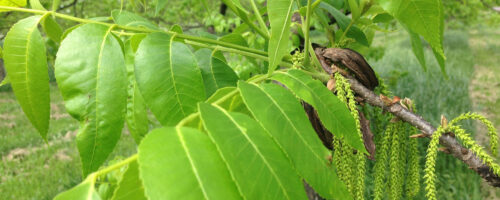
Comment